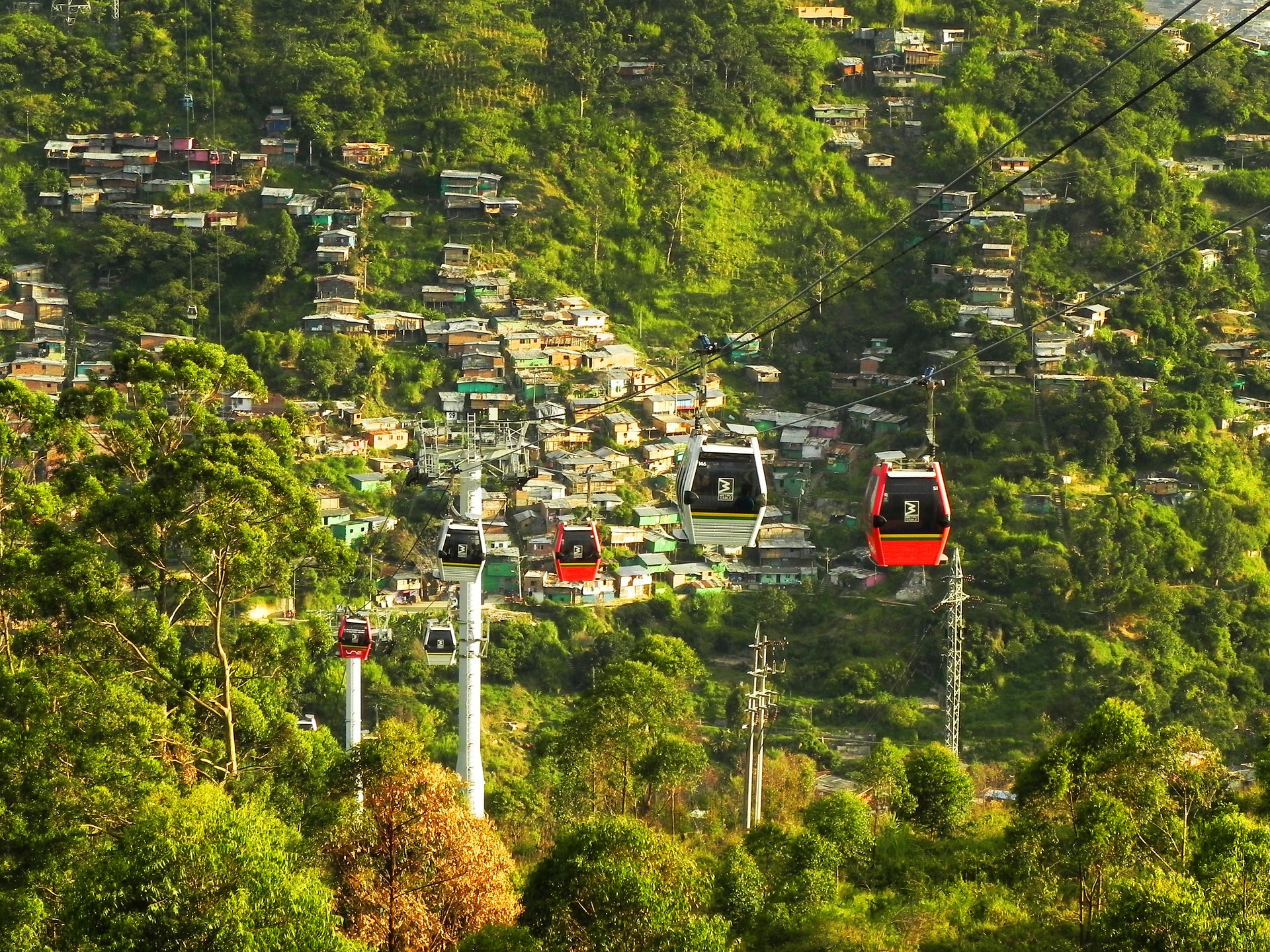
Cities, SI-Urban, Tourism
The urban cable car as a public transport network for Antananarivo
This should begin as early as June 2022 with construction work on two urban cable car lines in the Madagascar capital, Antananarivo. With a length of 13 kilometres and with twelve stations, the innovative mode of transport will connect different parts of the city.
The aims: to relieve the heavy traffic in the capital, to shorten commuting times for residents, and to reduce environmental pollution. Residents should therefore expect a better quality of life.
Route
As part of a consortium with the companies Colas Project and Colas Madagascar, French cable car manufacturer POMA has been commissioned to construct the “Orange Line” between the districts of Anosy and Ambatombe, and the “Green Line” between the neighbourhoods of Anosy and Ankatsoa.
The routes have been proposed by POMA in a feasibility study and formed into specific plans after changes by politicians:
The Green Line will have a journey time of 10 minutes, the Orange Line 30 minutes. For comparison: at the moment, every resident sits in a traffic jam for an average of two hours per day – or has a long journey on foot.
By contrast, the cable car is adapted to the complex, uneven topography of the city and it flies over roads and buildings. It also takes up very little space – a major advantage in Madagascar’s densely populated capital.
CABLE CAR SYSTEM ANTANANARIVO
| Lines | 2 |
| Length | 12 km |
| Altitude difference | 300 m |
| Transport capacity | 2,200 p/h/d |
| Stations | 12 |
| Gondolas | 300 |
| Gondola capacity | 10 p |
| Towers | 100 |
| Max. speed | 6 m/s |
| Journey time | 10 or 30 min |
Installation
The construction work will be undertaken in close cooperation with the local construction companies and authorities, and it will take around 24 months, POMA Africa Director Mehdi Caillis reports:
“The topography of Antananarivo is challenging and the road connections are limited. We have therefore analysed the feasibility studies in detail and considered the various challenges.”
Nonetheless, with 90 years of experience in cable car construction and as a record holder for urban cable cars, POMA is well equipped.
Operation
With the two cable cars, 40,000 passengers per day should be transported over the congestion in a way that is sustainable, environmentally friendly and cost-effective. In technical terms, the installations have a transport capacity of 2,800 people per hour and direction The cable cars will run for 12 to 16 hours per day, from 5.00 in the morning.
“Operations will be managed by our consortium, and we will gradually pass on our knowledge to a local company,” Mehdi said.
POMA will be part of the operation and will assume a standard disponibility. A contract for this will also be concluded with the local authorities. The project is being financed through an interstate agreement between France and the Republic of Madagascar. Construction and operation of the cable cars should create several hundred jobs.







